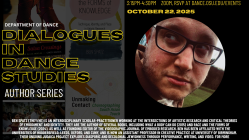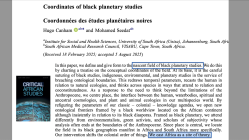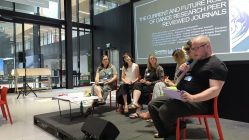I have worked with three ways of generating nonlexical songs:
1) The Song Cycles were generated through pure accumulation, meaning that no writing or recording technologies were used. Song fragments were generated through open practice and were only retained by repetition from day to day. These song fragments are melodically simple, some consisting of just four or five vocables in repetition. However, no other method has matched this one for the generation of affective power. Every song fragment from this period is deeply ingrained in my body, perhaps in a way similar to melodies I remember from childhood. This speaks to the force of embodied repetition as distinct from technological recording.
2) Most of the nonlexical songs in PLAYWAR were first written down as rhythmic but unmelodied sequences of nonsense words, usually in stanzas. Once these “lyrics” were written, I then composed melodies for them as if I were a composer writing music for a libretto. The nonlexical vocables in these songs have a different quality, more varied and perhaps more language-like than others, because I began by writing them down as if they were a foreign language. The songs are likewise varied in style, several of them intentionally composed through the technique of smuggling.
3) Most of the songs in Rite of the Butcher were generated in a single session of vocal improvisation, lasting about an hour, which I recorded digitally. I then broke this digital file into pieces and learned the songs as if learning them from an ethnographic album. These songs involve much wilder flights of vocality than the ones composed for PLAYWAR, because they came out of dynamic embodied practice. They were more difficult to learn and have a degree of affective quality linked to that one recorded session, although not as much as the songs generated from pure accumulation.






